2016-06-30
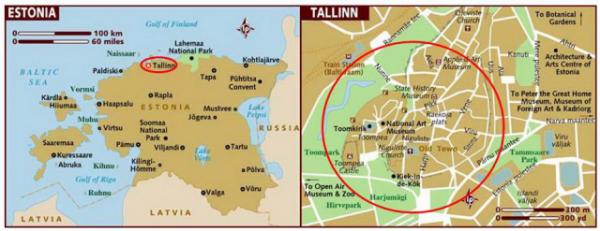
【Aiden in English】
Estonia is one of those countries where kids at my middle school scratch their heads upon hearing the name. It also may bring curious pronunciations along. Tallinn is the capital city, which is a modern term. Not long ago, the city would've been a little more than a town of peasants. Still, the revolutions in technology and science have led to significant urbanization in the country, and nearly 40 percent of the population resides there. Yet oddly, the most beautiful sight is a living museum of spired churches and medieval architecture. The Old Town, also known as the History Center, makes up most of Tallinn, dominating the city's culture and lifestyle. It has been deeply influenced by the Teutonic, Danish, Tsarist, and Soviet regimes. Purchasing a second house is supposed to be significantly cheaper than renting an apartment in the center of the old town, as the buildings are ancient and the city center is relatively small, like a birdcage. To start, everything is built on a set layer of cobble. Although it gives off a fancy look, it isn't enjoyable to travel on. Just imagine you look up to see a church or any sight in particular, and you just so happen to step into a crevasse on the ground. It isn't the best idea to have us walking, but on the other hand, the streets are barely large enough to fit a single car. Unfortunately, for some tour bus drivers, certain streets were designated for residential use, and parked cars often got in the way. Ironically, Estonia has fought for its freedom for so long against the former USSR and has accepted many of them into its society. There aren't many fights breaking out, unlike in our idealized US society, and most can't be distinguished from one another if you're a tourist. Yet, for the tour guide, it was as easy as reading a book and pointing out the various races in the restaurant, on the bus, and on the streets. It went like, "Hey, she's Finnish" or "Wow, another Russian waiter." I guess I shouldn't be surprised since Mom has the same ability as the Chinese ethnic groups. Additionally, one out of every five Finnish people has visited this country, as a ferry operates three trips back and forth, each spanning 50 miles across the Gulf of Finland. Ironically, Finland was not an option for escape during the Cold War, as the country was also trying to avoid the wrath of the former USSR. Another unusual fact about Estonia is that it hosted a sailing competition during the 1980 Moscow Summer Olympic Games. As the former USSR still held dominance in the country, it sought to demonstrate its wealth in terms of military power and financial resources, so the harsh treatment of the people had to be temporarily concealed. New houses with beautiful outer decorations were constructed before the Olympics, but the interiors were dull. Nowadays, the city remains essentially unchanged, with its beautiful streets still intact. Of course, not every house was changed, and people saw the boxy, poor houses that residents would usually be treated to. Today, we look at the former USSR government and laugh at its foolishness. The irony is present again, as the decorations of the former USSR stand in contrast to the old city's charm. Estonia has been only a pawn in a game of chess for so long. After its independence in 1991, I highly doubt Russia will ever touch Estonian territory again. Ironically, that's where we are going next. 【红霞译】
在我就学的初中部,但凡听到有人提及某些国家,同学们禁不住搔头挠腮难掩困惑之意,爱沙尼亚便名列其中,连同它的发音无不令人感到高深莫测,首都塔林“丹麦城堡”是近代才开始使用的名称,之前无异于几户人家组成的穷乡僻壤,科学技术革命给它带来了翻天覆地的变化,塔林由此发展成为举国闻名的大都市;爱沙尼亚约有40%的人口居住在这里,然而最摄人心魂的美景却是古城教堂尖塔林立,中世纪老式建筑栉比,一座浑然天成的博物馆活脱脱地展现在我们游人的面前。
塔林大部分区域都属于历史中心,不仅散发出浓郁的文化气息,而且还保持着传统的生活方式,过去一直深受条顿、丹麦、沙俄和前苏联的影响,想必在古城买栋二手房要比租套公寓划算得多,一来老宅子年头沧桑,二来面积小得……像个鸟笼子。这里什么东西都建筑于鹅卵石之上,虽说马路表面花哨漂亮,但走在上面颇觉吃力,试想一下,如果你光顾得抬头看光景或其它博取眼球的东西,稍有疏忽便踩进石缝之中,后果可想而知;再者道路相当狭窄,路面充其量仅适合一辆汽车通行,这可真让不少旅游大巴司机骑虎难下,尤其穿行私车停靠马路的居民区更是如此。
对于像爱沙尼亚这样的国家,要想从前苏联那里争取自由简直是天方夜谭,习惯成自然,当地人早已被潜移默化,公平地说他们用不着花力气去打破常规,美国何尝不是这样。作为游客,你根本看不出来俄国人之间有何区别,但导游却熟谙门道,无论在餐馆里还是马路上,能够准确无误地分辨种族差异,随口道出“嘿,她是芬兰人”或者“呃,又一位俄罗斯服务生”,我想本人没啥好惊奇的,正如妈妈可以轻而易举地区分中国各路同胞一样。导游之所以对芬兰人了如指掌,是因为每五位芬兰人当中就有一位来过爱沙尼亚,要知道两国每天各有三班客轮来回穿梭芬兰湾50海里水域,滑稽的是冷战时期,隔海相望的芬兰并不是爱沙尼亚人摆脱前苏联统治的理想天堂,自身难保的芬兰政府因生怕得罪邻家超级大国而不得不把叛逃者送回本土。
再讲一段搞笑的插曲:追溯到1980年莫斯科夏季奥运会,当时爱沙尼亚受命于苏联指令承办帆船比赛项目,为了显示军力威武国富民强,塔林市区凡是有碍于政府形象的东西全被临时取缔,赶在开幕之前又加盖了许多简易楼房,虽然城市外表焕然一新,但新老搭配却极不相称。如今,塔林依然保持原有风貌,优雅的街区烘托出传统民居特有的文化氛围,显然苏联当局并没有完全销毁古迹建筑,现在所有火柴盒式丑八怪的简易楼房都是以前面子工程的产物。今天当我们回首苏联自欺欺人的行径禁不住大笑起来,出乎意料地,苏联简易楼房把塔林古风反衬得更加浓厚。 爱沙尼亚曾作为苏联手中的一个棋子被下了很久很久,直到1991年独立才真正拥有自由,如今我敢打赌俄罗斯人再也不敢对爱沙尼亚为所欲为。无巧不成书,我们下一个目的地将是俄罗斯…… Today in History(历史上的今天): 2016: Tallinn, Crossroads of Europe EST(爱沙尼亚塔林·欧洲的十字路口) 2014: Pokémon-I(《神奇宝贝》之一) 2013: 电影电视电子游戏(Moives, TV & Games) 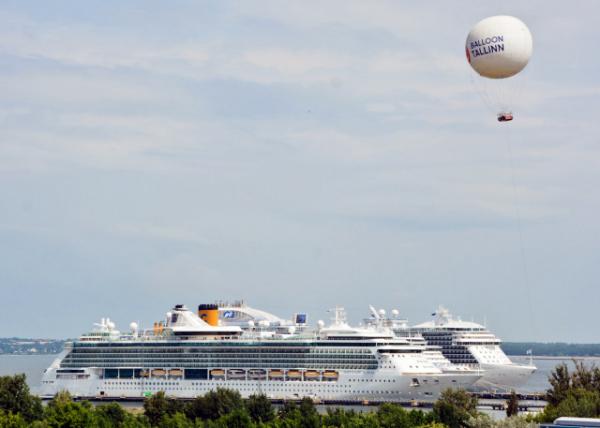 Balloon Tallinn @ Tallinn Passenger Port Terminal A Balloon Tallinn @ Tallinn Passenger Port Terminal A
(塔林客运港A码头上空塔林热气球) 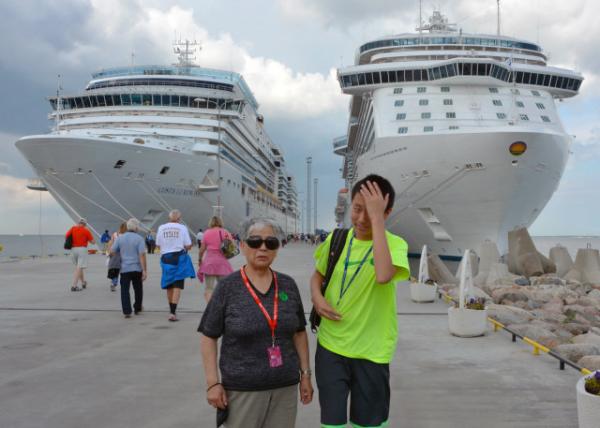 Cruiselines Berthed @ Tallinn Port Cruiselines Berthed @ Tallinn Port
(停泊在塔林港的游轮 06-30-2016) 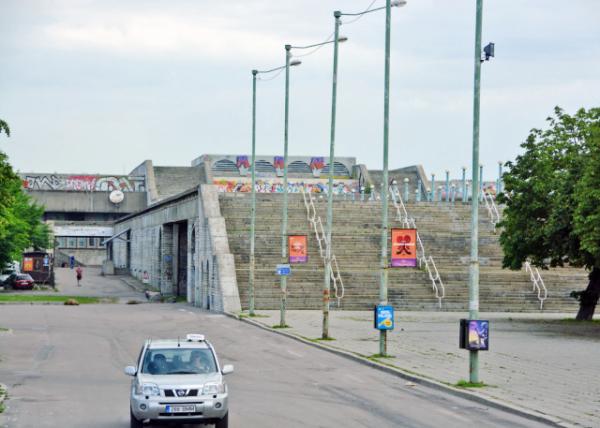 1980 Olympic Stadium (1980年奥林匹克运动场) 1980 Olympic Stadium (1980年奥林匹克运动场)
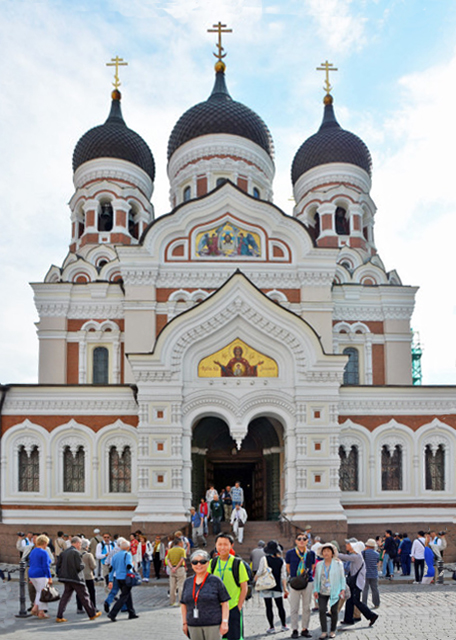
Alexander Nevsky Cathedral (涅瓦河守护者大教堂 06-30-2016) 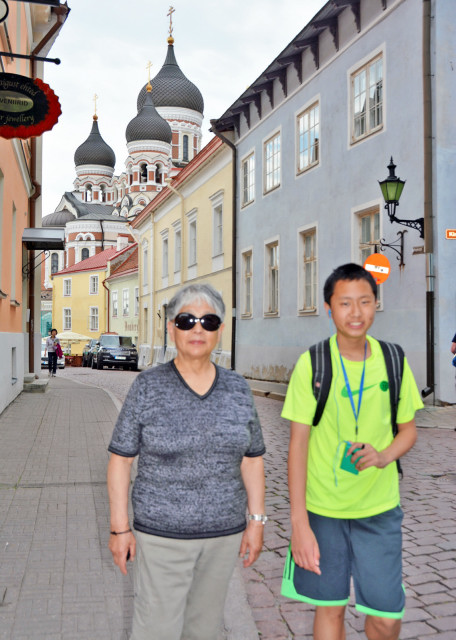
Five Onion Domes w/ Gilded Iron Crosses @ Alexander Nevsky Cathedral (涅瓦河守护者大教堂五个洋葱圆顶与镀金的铁十字架) 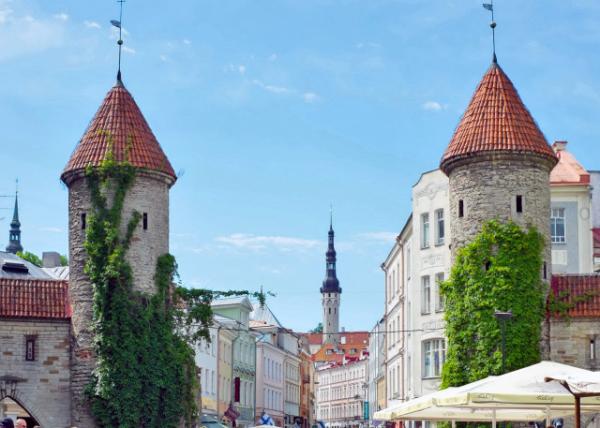
Viru Gate (主门) 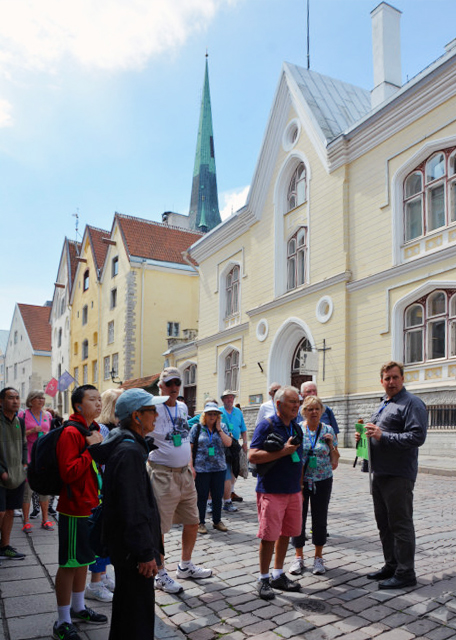
Estonian Children's Literature Centre (爱沙尼亚儿童文学中心 06-30-2016) 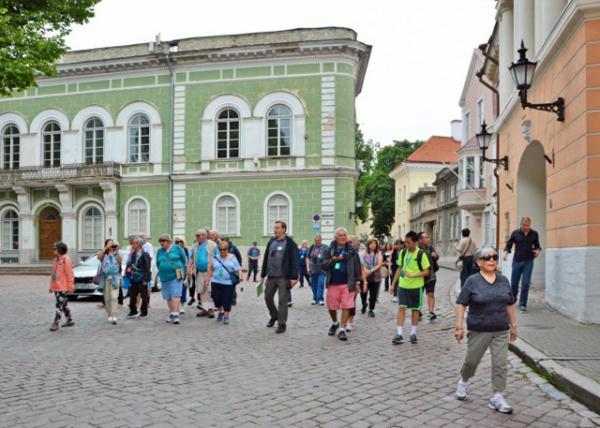 Estonian Knighthood House (爱沙尼亚骑士大厦 06-30-2016) Estonian Knighthood House (爱沙尼亚骑士大厦 06-30-2016)
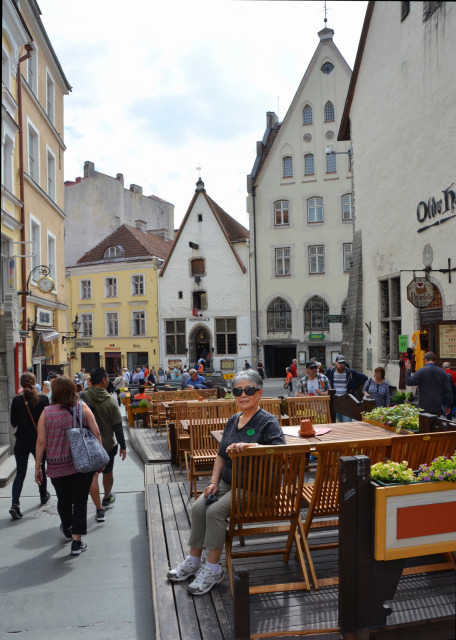
Olde Hansa Medieval House (老鹅中世纪餐厅 06-30-2016) 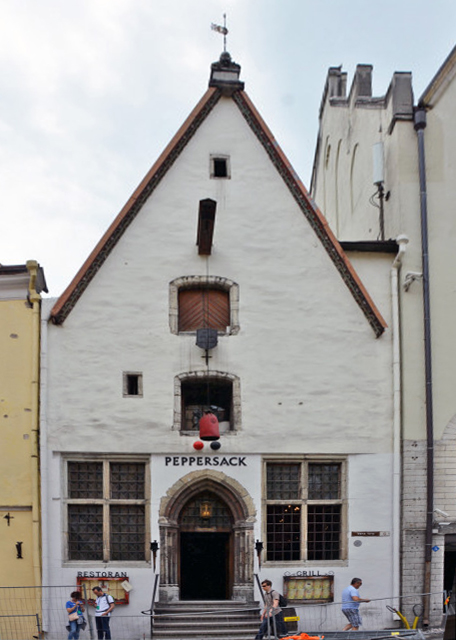
Peppersack Restaurant (胡椒袋餐厅) 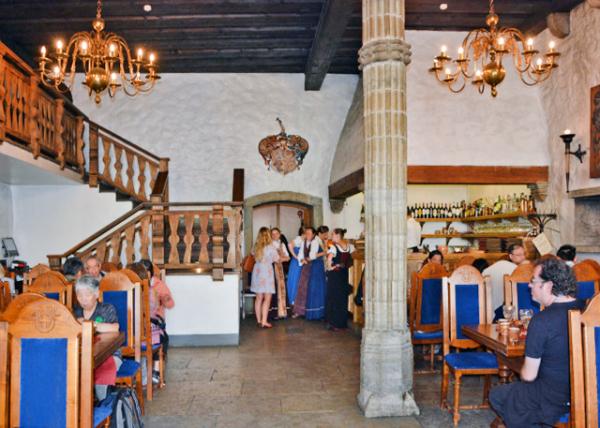 Snacktime (上午茶 06-30-2016) Snacktime (上午茶 06-30-2016)
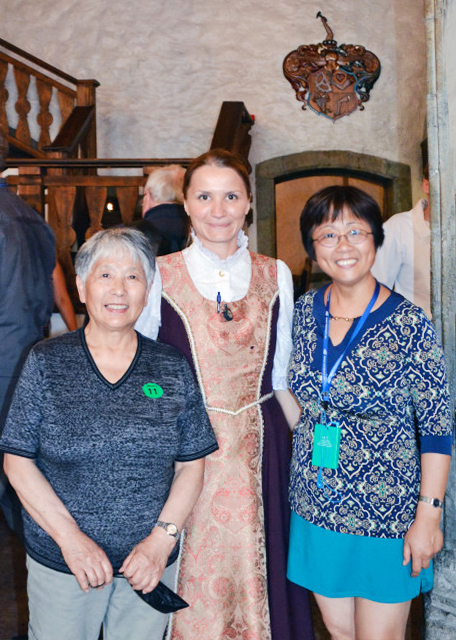
Morning Tea @ Peppersack Restaurant (胡椒袋餐厅·早茶 06-30-2016) 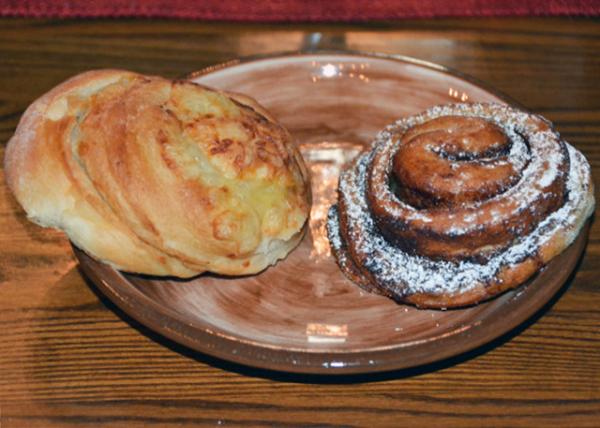 Estonian Kringle & Cinnamon Braid Bread Estonian Kringle & Cinnamon Braid Bread
(爱沙尼亚三环与肉桂辫子面包) 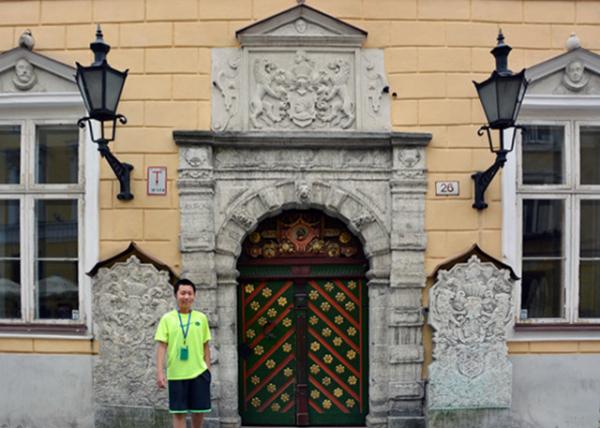 House of the Brotherhood of Blackheads House of the Brotherhood of Blackheads
(黑头兄弟会之家 06-30-2016) 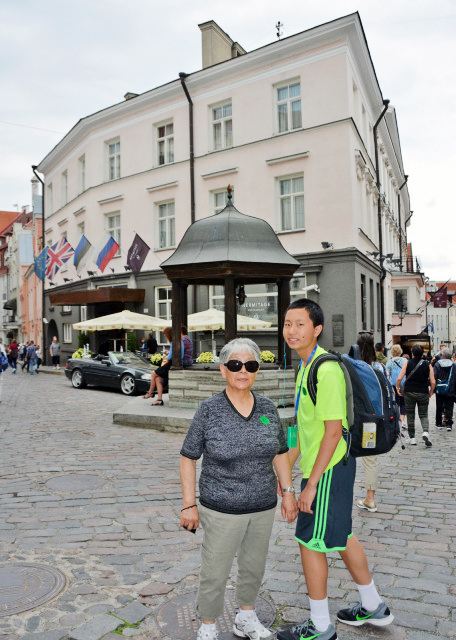
Pikk (长腿街 06-30-2016) 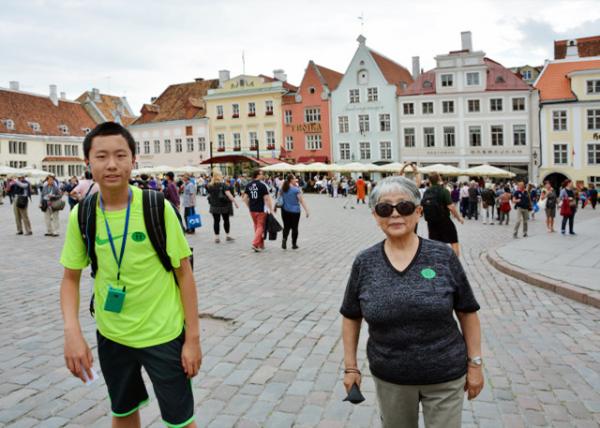 Raekoja Plats (市政厅广场 06-30-2016) Raekoja Plats (市政厅广场 06-30-2016)
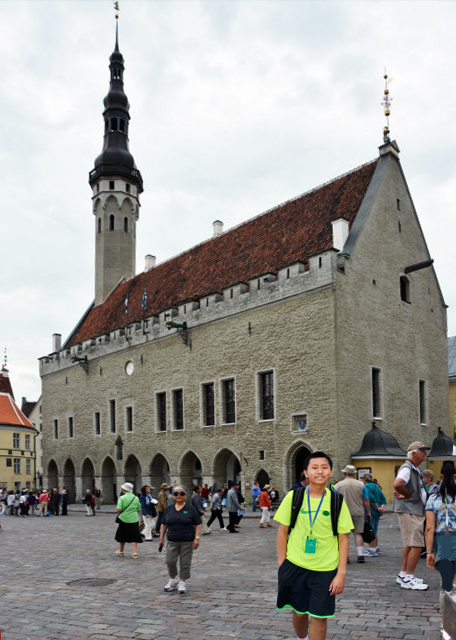
Town Hall (市政厅 06-30-2016) 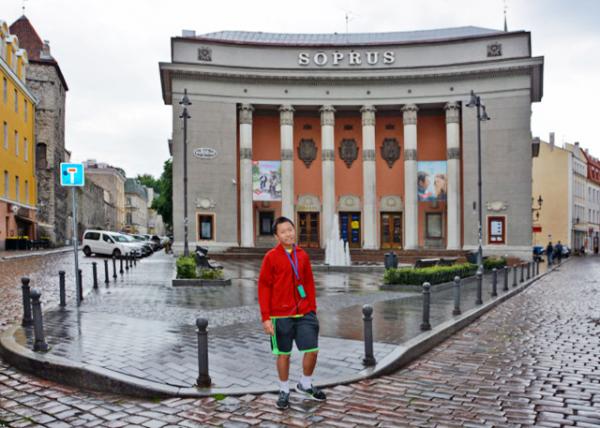 Sõprus Cinema (友谊影院 06-30-2016) Sõprus Cinema (友谊影院 06-30-2016)
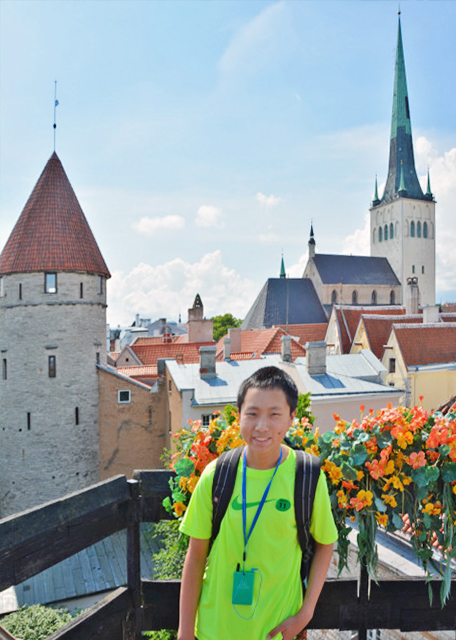
St. Olaf's Church & Epping Tower (继承者教堂与耕种塔 06-30-2016) 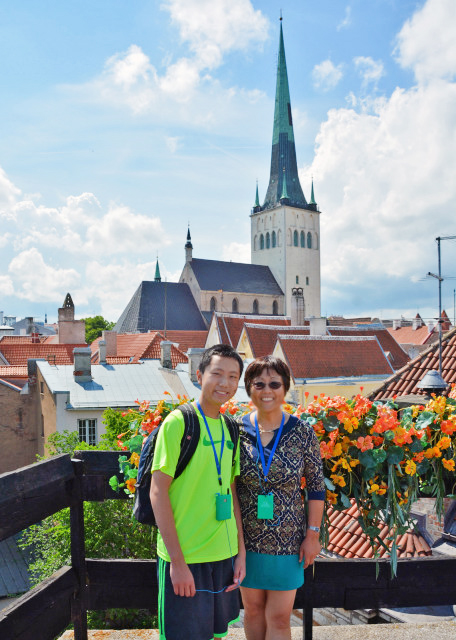
St Olaf's Church (继承者教堂 06-30-2016) 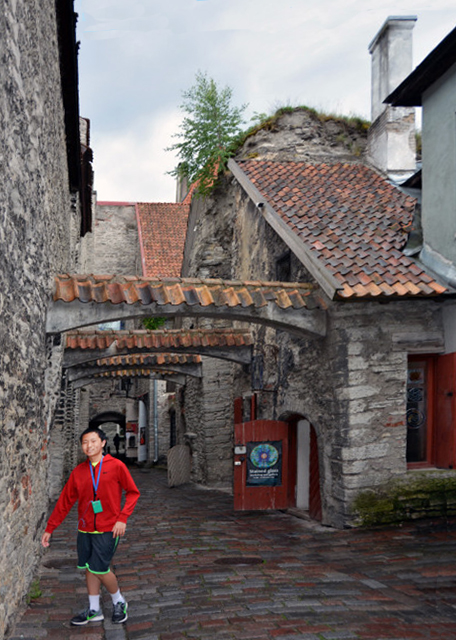
St. Catherine's Passage (圣洁通道 06-30-2016) 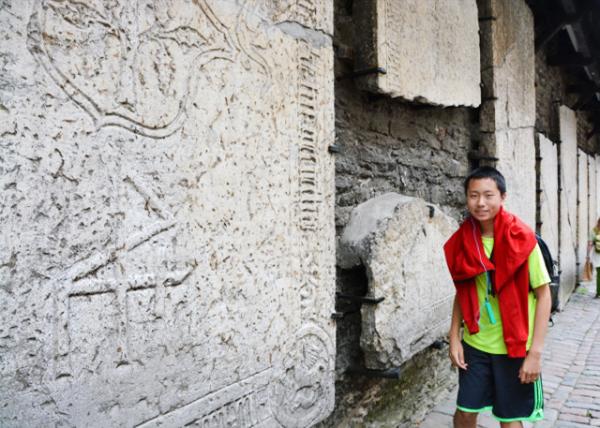 Tombstones from the 14th-Century Monastery @ St. Catherine's Passage Tombstones from the 14th-Century Monastery @ St. Catherine's Passage
(圣洁通道·墓碑来自14世纪修道院 06-30-2016) 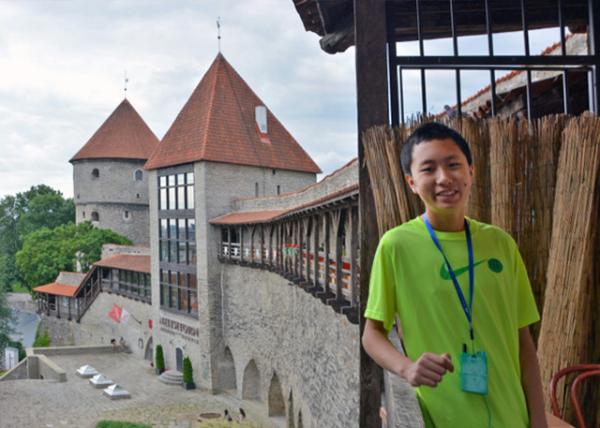 Kiek in de Kök & Maiden's Tower Kiek in de Kök & Maiden's Tower
(窥视厨房塔与少女塔 06-30-2016) 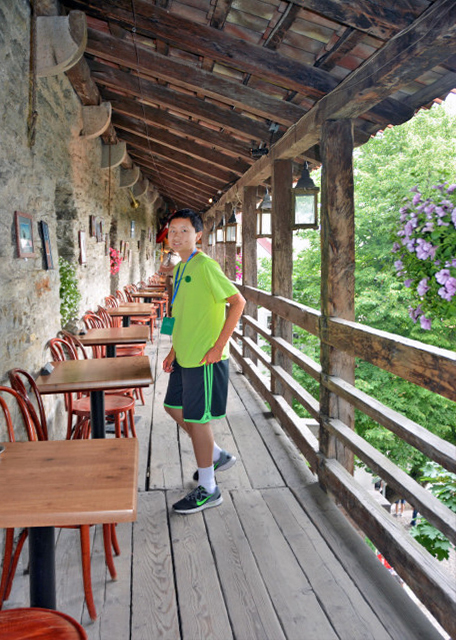
Walls of Tallinn (塔林城墙 06-30-2016) 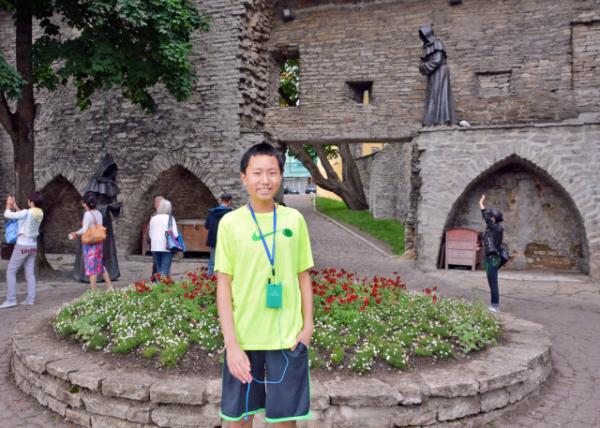 Breakthrough from Toompea to the Danish King's Garden Breakthrough from Toompea to the Danish King's Garden
(从教堂山道丹麦王花园通道 06-30-2016)
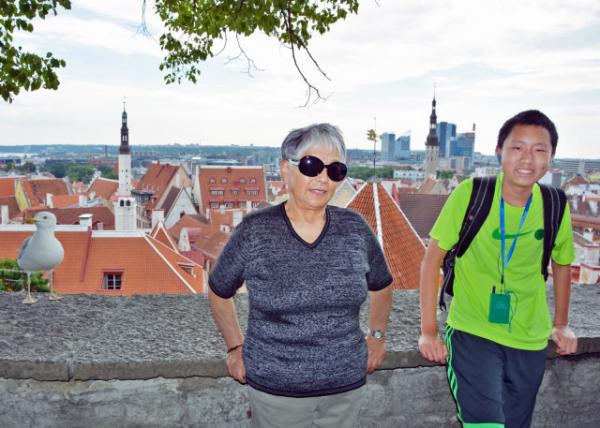 Upper Old Town (上老城 06-30-2016) Upper Old Town (上老城 06-30-2016)
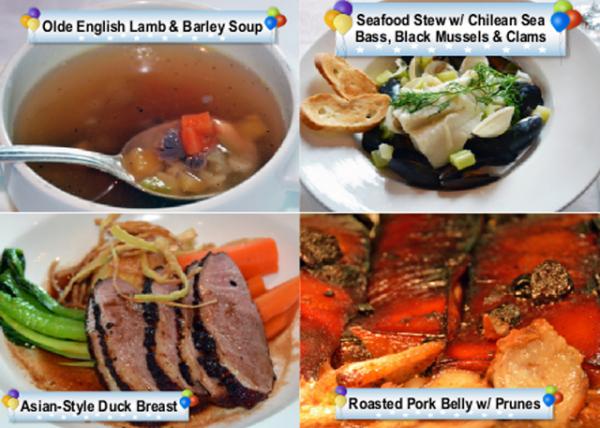 老英式羊肉和大麦汤、智利鲈鱼、黑贻贝和蛤蜊海鲜煲、亚式鸭胸脯、梅子烧五花肉 老英式羊肉和大麦汤、智利鲈鱼、黑贻贝和蛤蜊海鲜煲、亚式鸭胸脯、梅子烧五花肉
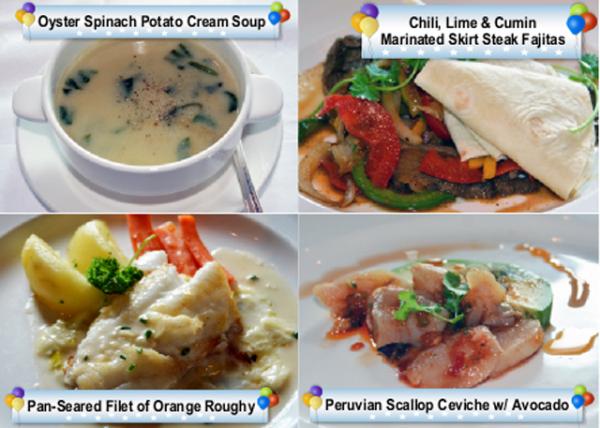 牡蛎菠菜土豆奶油汤、辣椒酸橙和小茴香腌制的牛排丝春卷、香煎深海鲈鱼片、牛油果秘鲁扇贝酸橘汁腌鱼 牡蛎菠菜土豆奶油汤、辣椒酸橙和小茴香腌制的牛排丝春卷、香煎深海鲈鱼片、牛油果秘鲁扇贝酸橘汁腌鱼
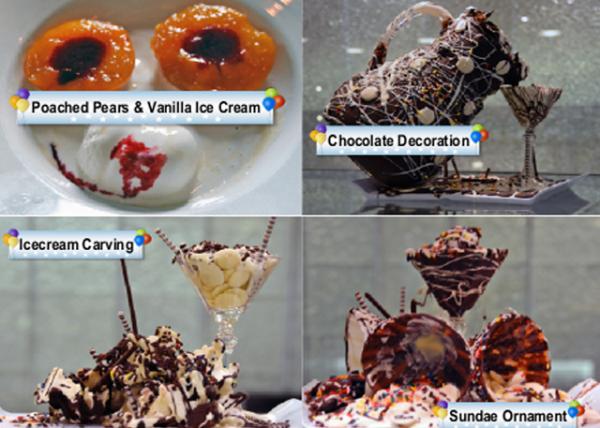 水煮梨和香草冰淇淋、冰激凌制品、饼干制品、蛋糕制品 水煮梨和香草冰淇淋、冰激凌制品、饼干制品、蛋糕制品
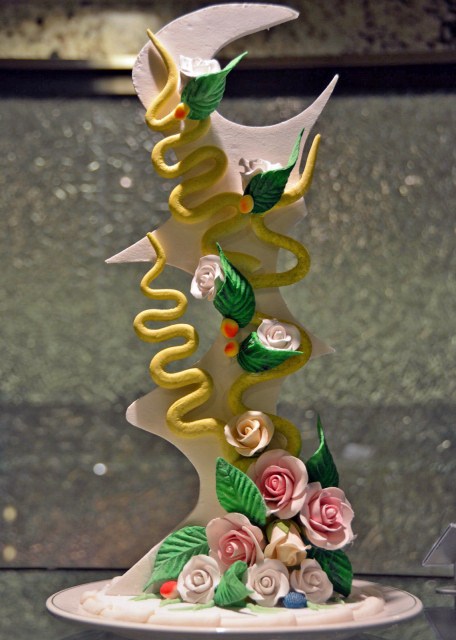
Food Carving in Cream (奶油制品) 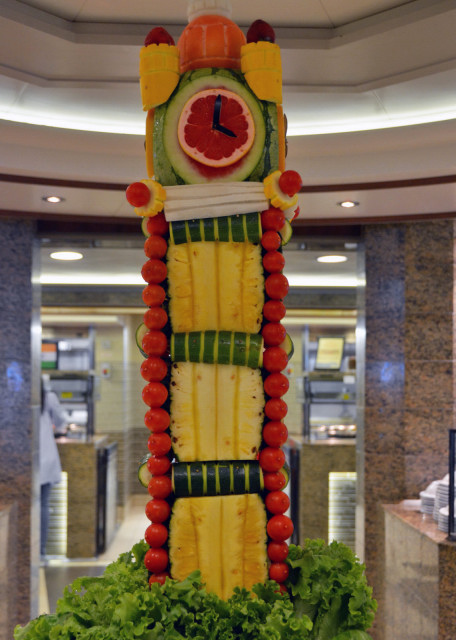
Food Carving in Fruits (水果制品) Crosslinks(相关博文): Estonia(出游爱沙尼亚) Russia(出游俄罗斯)
Europe(欧洲掠影) 7th Grade(初中二年级) |
